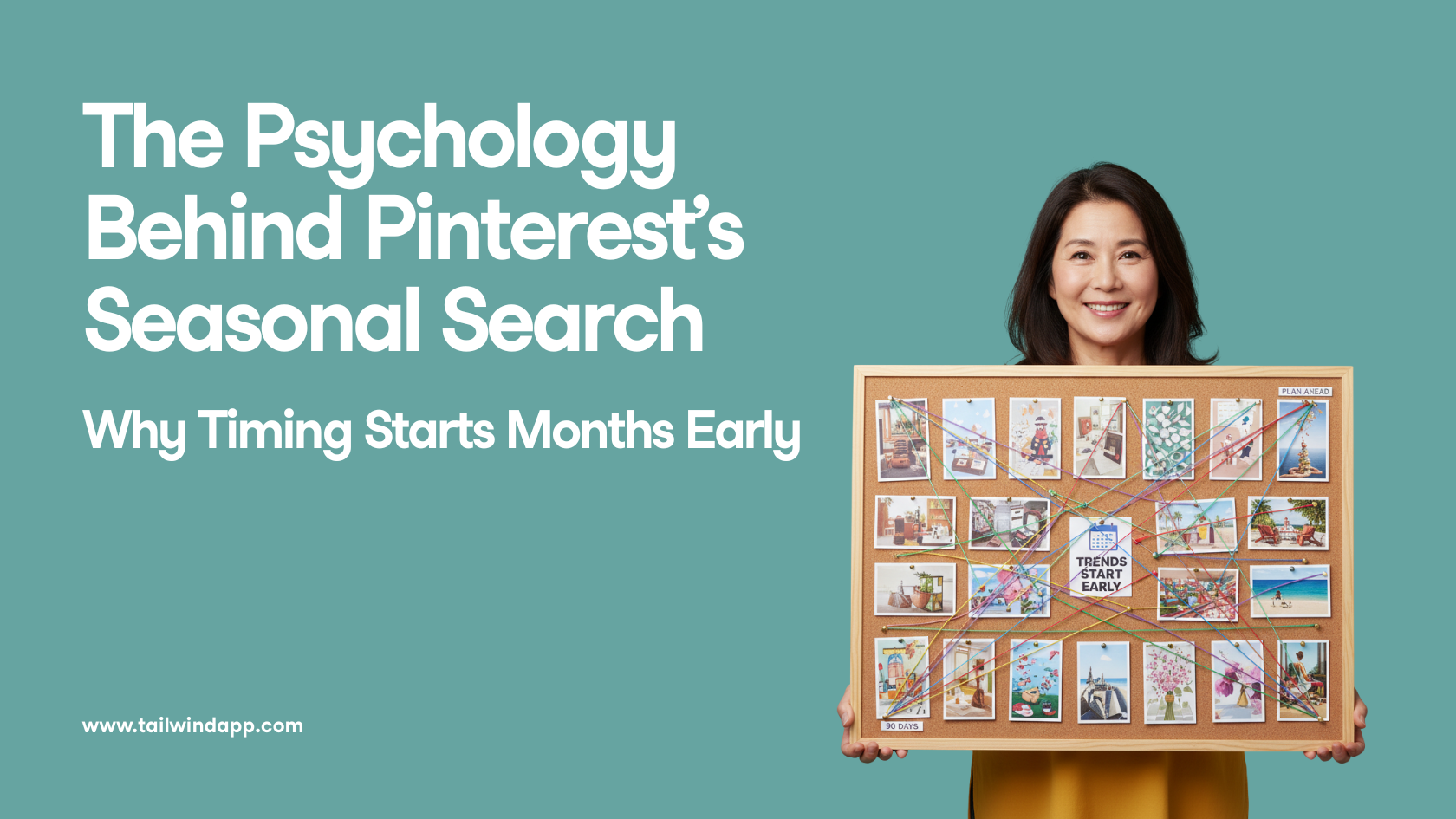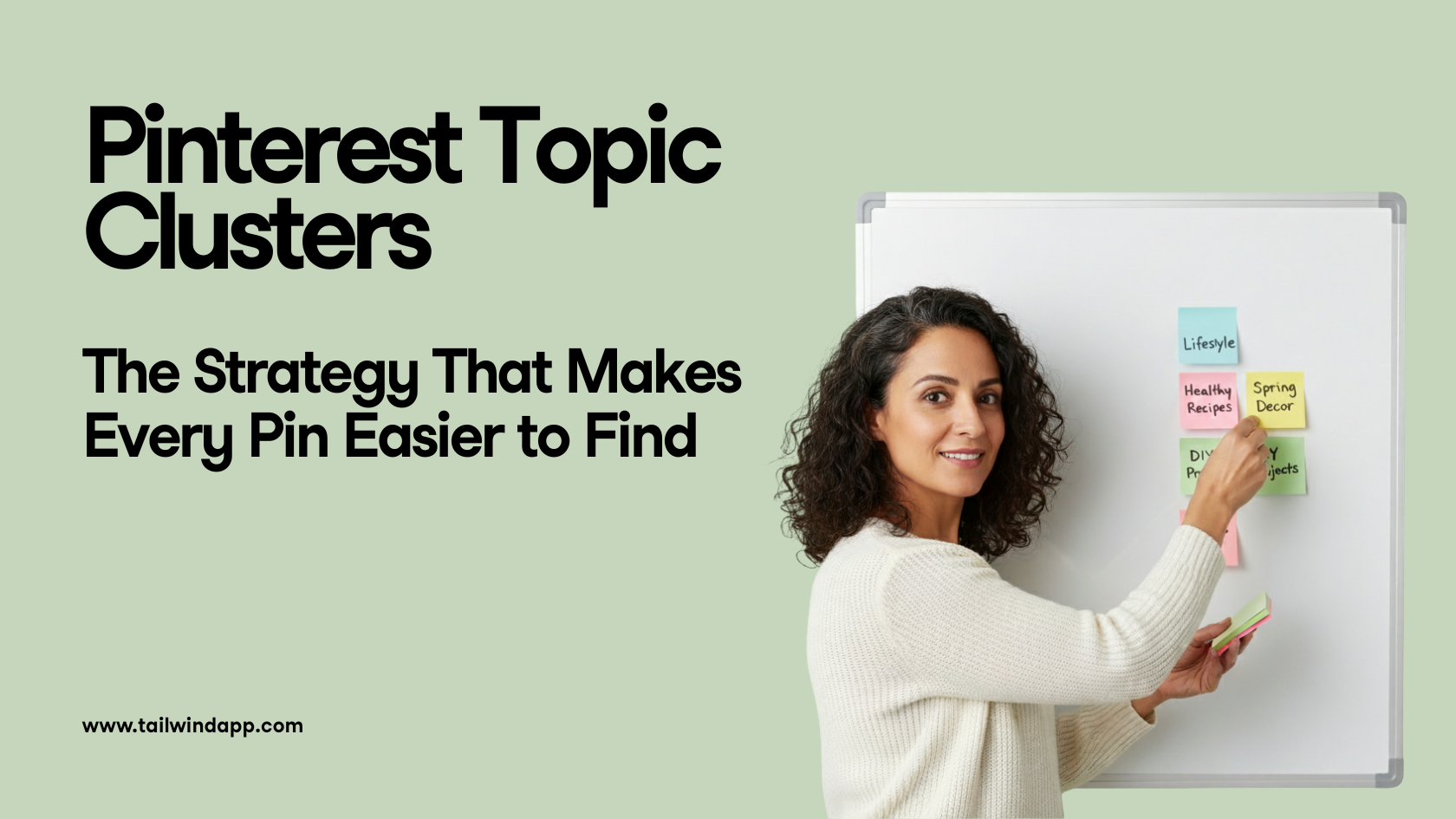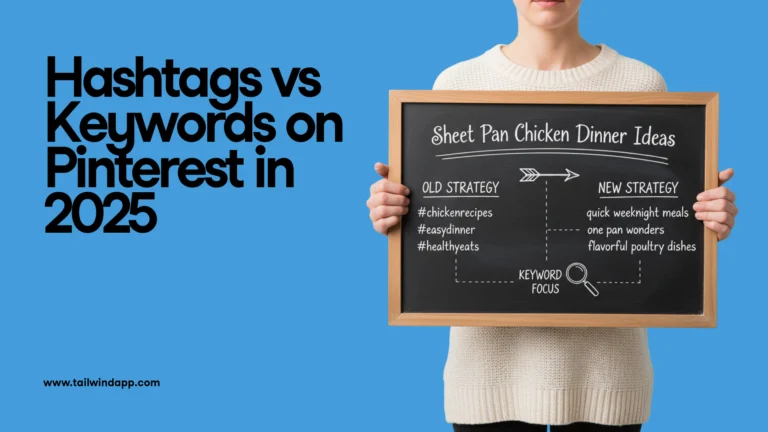
Many companies are neglecting post-purchase emails, which is a huge mistake!
It may seem that when a customer makes a purchase, that is the end of the customer journey.
In fact, it is only the beginning. It is a phase when a company has the opportunity to turn a one-time buyer into a lifelong customer, and that is when post-purchase emails come in!
What is a Post-Purchase Email?
A post-purchase email is sent to a customer after they have made a purchase. The purpose of these emails is to thank the customer for their purchase, provide them with information about their order, and give them information on how to use their product.
Most importantly, it gives you an opportunity to establish a relationship with your customers and turn them into repeat customers!
What are the Different Types of Post-Purchase Emails?
The types of post-purchase email may differ based on what you are selling.
Before we continue to the detailed breakdown, here is the list of the high-level categories of post-purchase emails:
- Confirmation emails – focus on thanking the customer for their purchase and providing information about their order.
- Shipping notification emails – provide the customer with information about the shipment of their product, including tracking details and estimated delivery date.
- Welcome email – welcome emails are an opportunity to thank them for their business and introduce them to your brand or personal background.
- Sales emails – post-purchase is an opportunity to convert the customer into a repeat customer.
But apart from sending these types of post-purchase emails, there are many ways how you can leverage them to establish a deeper connection with your customer.
Why Is A Post-Purchase Follow-up Email Important?
Post-purchase emails are important for several reasons:
Brand loyalty – If customers have a positive post-purchase experience, they are more likely to be loyal to the brand and make future purchases.
Repeated order – post-purchase email campaigns allow you to sell complementary products to customers who have already shown an interest – with their wallets!
Customer engagement – these emails provide an opportunity to keep the customer engaged with your brand even after making a purchase.
Post-Purchase Experience – sending important information after a customer has purchased to maintain customer loyalty and create repeat business.
Most importantly, it allows you to keep the conversation with the customer going. The best way to leverage this conversation is through a post-purchase email flow.
Elements of a Post-Purchase Email Campaign
Statistics show that it can take around eight touchpoints before the sale is made.
Sure, you have already sold your product to the customer, but do you know what is better than the first sale?
A second sale!
Since the customer already bought your product, and you have their payment details and info – that second (third, fourth, etc.) sale may come much quicker than after the initial eight touchpoints.
Post-purchase email campaigns allow you to create additional touchpoints and turn your one-time buyers into loyal, returning customers.
Here is an example of a campaign with post-purchase email subject line ideas!
1. Purchase Confirmation
The first email in the post-purchase email flow is a confirmation that the transaction went through.
This email should include all the details about what the customer has purchased.
The goal of this phase is to confirm to the customer that everything went smoothly and you are working on their order.
If you are providing a digital product – this would be your welcome email.
Purchase confirmation email subject lines:
- Thank you for your purchase!
- Yay, Order Went Through!
- Thank You, and Welcome! (Digital Products)
2. Order Updates
The second email is an update on the order status, aka “Where is it?!”
Here you would let the customer know that their order has shipped or if there are any delays.
Keeping customers informed prevents them from wondering what is going on with their purchase, builds trust, and makes your customer service representatives’ lives easier.
Order updates email subject lines:
- We are working on it!
- Order # Is On Its Way.
- Sending Your Order.
3. Product Usage Tips
The third email contains tips on how to use the product.
This email can be very helpful for customers, especially if it’s their first time using your product.
Guides, How-To’s, and videos will help the customer get more of the purchase, and yet again, we are building more rapport for the last stage of the flow.
Product usage tips email subject lines:
- Did you know…?
- {name], Let us help!
- {Product} User Guide 101
4. Feedback Request
The product was received, and the customer is educated and is using it. Now it is time for feedback.
This is a great opportunity to get some insights on what can be improved while also thanking the customer for their business.
If you are running a small operation, you may request personal feedback through email.
Alternatively, you could use a survey form or ask customers to review you on one of the review platforms. (Do not forget to provide the links.)
Feedback request email subject lines:
- How did we do?
- We want you to be happy!
- Did everything go well?
5. Cross-Selling and Upselling
At this point, quite some time had passed since the initial purchase.
The rapport is established, the product delivered, and we are now positioned to use eCommerce email marketing strategies to upsell or cross-sell complementary products.
For example, if you sold a Nikon camera, you could offer a photo album to store the pictures, extra batteries, lenses, etc.
The danger here is to come on too strong. The main objective is to develop helpful suggestions that will benefit the customer experience.
Cross-selling and upselling email subject lines:
- New products that match your purchase
- You may also like…
- Product Recommendations
6. Ending the Flow (Optional)
This will be the last email in the post-purchase campaign chain.
You may have separated the customers into those who made a repeated purchase and those who did not.
To the repeated buyers, you might send updates and news or prepare the ground for seasonal sales.
For the undecided buyers, this is a great chance to include a coupon for the next purchase.
The goal is to show your appreciation for their business and leave the door open for future purchases.
Ending the flow email subject lines:
- We have some news…
- Undecided? Here is a discount
- Thank You For Choosing {Product}
Examples of Post-Purchase Emails
Let’s have a look at examples of the post-purchase email types and email subject line examples that we discussed in this post!
Purchase Confirmation Email
Clear, informative, and right to the point. Exactly the type of post-purchase email that you want to see in the inbox after you confirm the credit card details.
The main objective of this type of email is to provide confirmation that the payment was successful and that the order was placed.
Right after that, the order details should follow – so the customer has an email receipt of the things that they ordered and how much they paid for them.
Subject line: Thank You For Your Order.
At the bottom of the email, apart from the support details, you can see a careful attempt to get more business.
Notice that it is not a discount but rather a referral program. As if you were happy with the purchase, they have a shot at not only making you a repeat buyer but getting another customer for a CAC of $125.
Shipping Confirmation Email
When money is paid, the customer likes to stay informed. After the order is processed, packed, and sent – make sure to let them know it happened!
This is a great example of an order update email from Food52. It informs the customer their order was shipped, provides the tracking link, and recaps what was sent in the package.
Subject line: Good News – Your Food52 order (#650050) has shipped!
In the lower section of the email, yet again, we can see a referral program.
The great thing about the referral program is that, in contrast to discounts, you can run it all the time without devaluing your brand.
Thank You Email
Notice how this email copy leverages the basic Thank You email to tell their story.
They include their origins, mention that they are family owned and even show that they are socially responsible!
Subject line: Thank You For Your Purchase!
Combined with the mention of simple return and Canadian origin – it makes for a perfect Thank you email.
Feedback and Cross-Sell Email
When the customer has a chance to use the product, it is time for another round of relationship building.
The primary objective of this email is to get customer feedback on the product. The customer experience score is at the top, followed by a nudge to share on social media.
Subject line: Day 30. What’s happened so far?
At the lower part, you can see a cross-sell attempt.
If we follow the flow of this email, they lead customers to express their satisfaction and then offer another product without using discounts.
Bellroy uses the excitement of the new product to sell more products!
7 Tips for Your Post Purchase Email Sequences
Whether you are a service provider in eCommerce or selling digital products, below is a list of tips that will make your post-purchase emails stand out.
Be clear
This is the first email customers receive after they give you their payment details. Make sure to be ve clear about what they paid for.
Order details, product names, the total amount paid – all of this should be in the email for your customer to check.
Keep it short
After the first purchase, nobody will read a wall of text. Keep your post-purchase email short and sweet.
The idea is not to introduce your brand or hard-sell another product in the first email. This will come later in the post-purchase email campaign flow.
Focus on the service
Make sure to focus on the service that the customer just received.
- If they purchased a physical product, talk about how happy you are that they made this choice.
- If they signed up for a subscription, welcome them to the club.
Be personal
Whether you are a small business or a bigger company, do your best to keep the email personal.
Always add the name and contacts of the company representative the customer can reach out to if they have any questions or problems.
Share your story
Since the purchase was already made, there is no need to over-sell yourself. But this might be a good opportunity to establish a deeper relationship.
Tell them a little bit about yourself or your company’s story. This will help create a connection and build trust.
Include contacts
Make it easy for customers to get in touch if they need to. Include all relevant contact information and links to your social media channels.
It can happen that after ordering, the customer needs to change something and nothing damages the relationship more than spending 15 minutes to find an info email.
Don’t rush it
You want to turn your existing customers into repeat customers. That is understandable.
But sending all the emails from your post-purchase campaign at once won’t help. The timing in which you send emails is important!
Keep around four days between your emails. That is a sweet spot. You will still have the attention of your customer, but you are not irritating them.
Post-purchase emails are necessary to keep the customer informed, but most importantly – they are used to keep the conversation going and increase customer lifetime value.
Keep the email personal and ensure it is relevant to what they purchased.
Following these tips, you can create post-purchase emails that will help your customers and encourage them to return for more.
Post-Purchase Email FAQs
When should you send a post-purchase email?
Send a post-purchase email as soon as the customer has completed their purchase. This way, you can keep the conversation going and, most importantly, keep the customer informed of what will be happening next.
How do you write a post-purchase email?
Keep it short and sweet. Thank your customer for their order, and include the recap of what they just purchased, along with the next steps.
What does post-purchase mean?
“Post” is a prefix meaning “after”, so post-purchase literally means “after purchase.”
What is a post-purchase flow?
A post-purchase flow is a series of emails sent to customers after completing a purchase. These emails can include shipping updates, special offers, or even follow-ups to see how the customer is enjoying their purchase.
What should be included in a post-purchase email?
First and foremost it should include the details of the order and that it was successful! The type of product, the number of items, prices, whether it was paid, and when the estimated arrival date is.
In the case of digital products, it should include a thank-you note and access details.
How do you follow up with a customer after purchase?
There are a few different ways you can follow up with customers after they make a purchase. You can send shipping updates, special offers, or even follow-ups to see how the customer is enjoying their purchase.
How do you ask a customer for reorder?
You can send an email to existing customers, asking them if they need any more of the product they just bought. Include a special offer, referral bonus, or discount for reordering.
Why is post-purchase communication important?
It helps to build a relationship with the customer and improves customer retention. Also, it allows you to upsell or cross-sell other products or promote your referral program to attract new customers. Post-purchase marketing should always be incorporated in your email marketing strategy for even better customer engagement!












